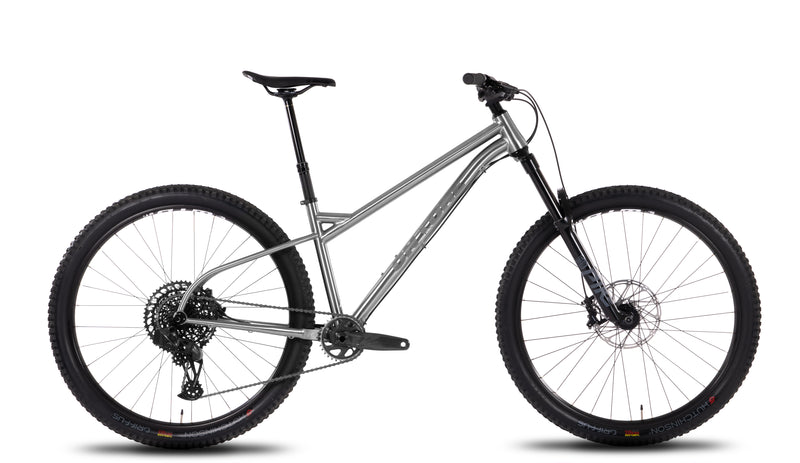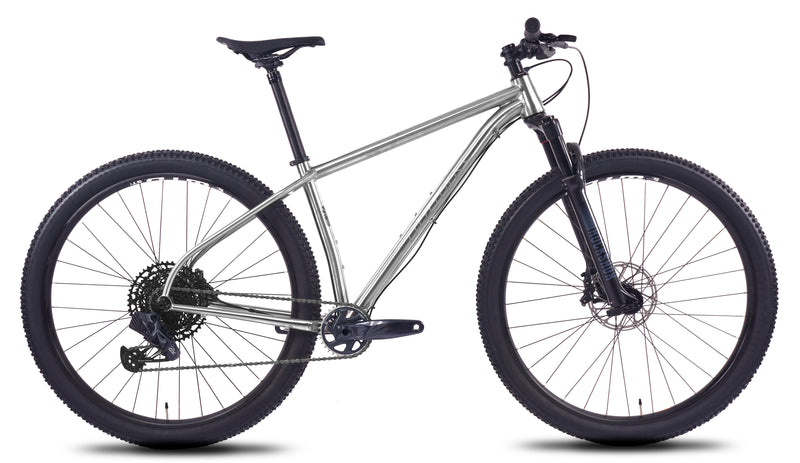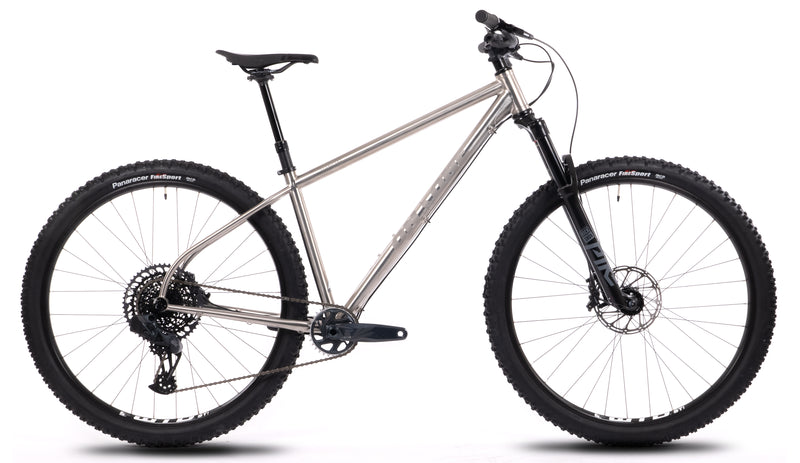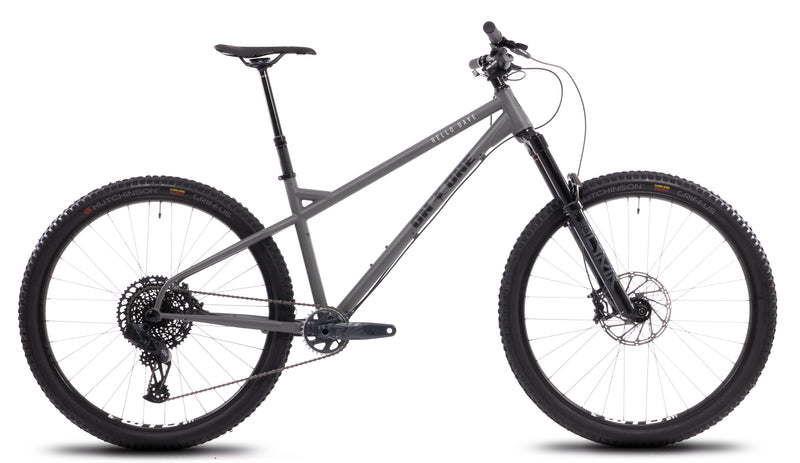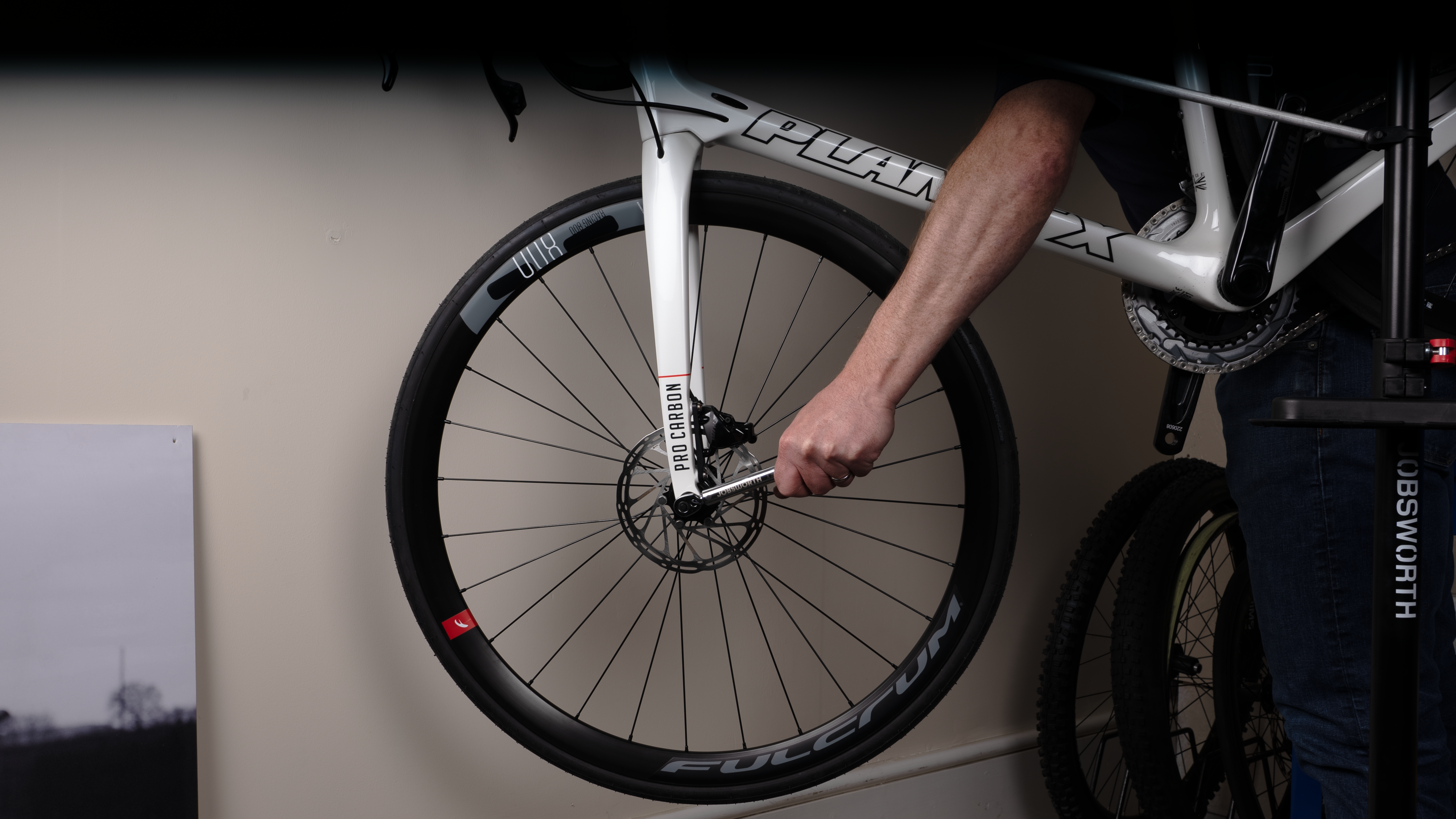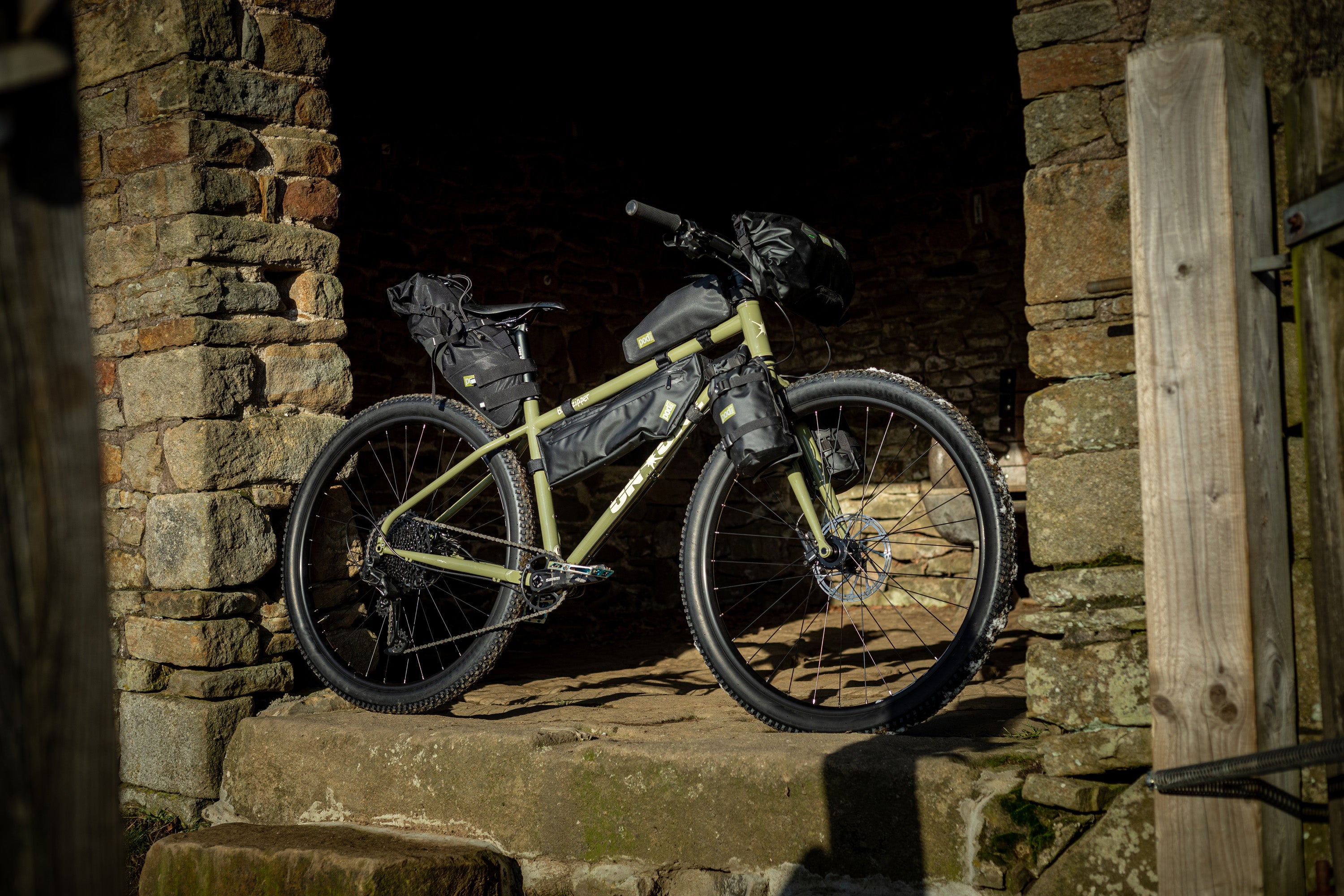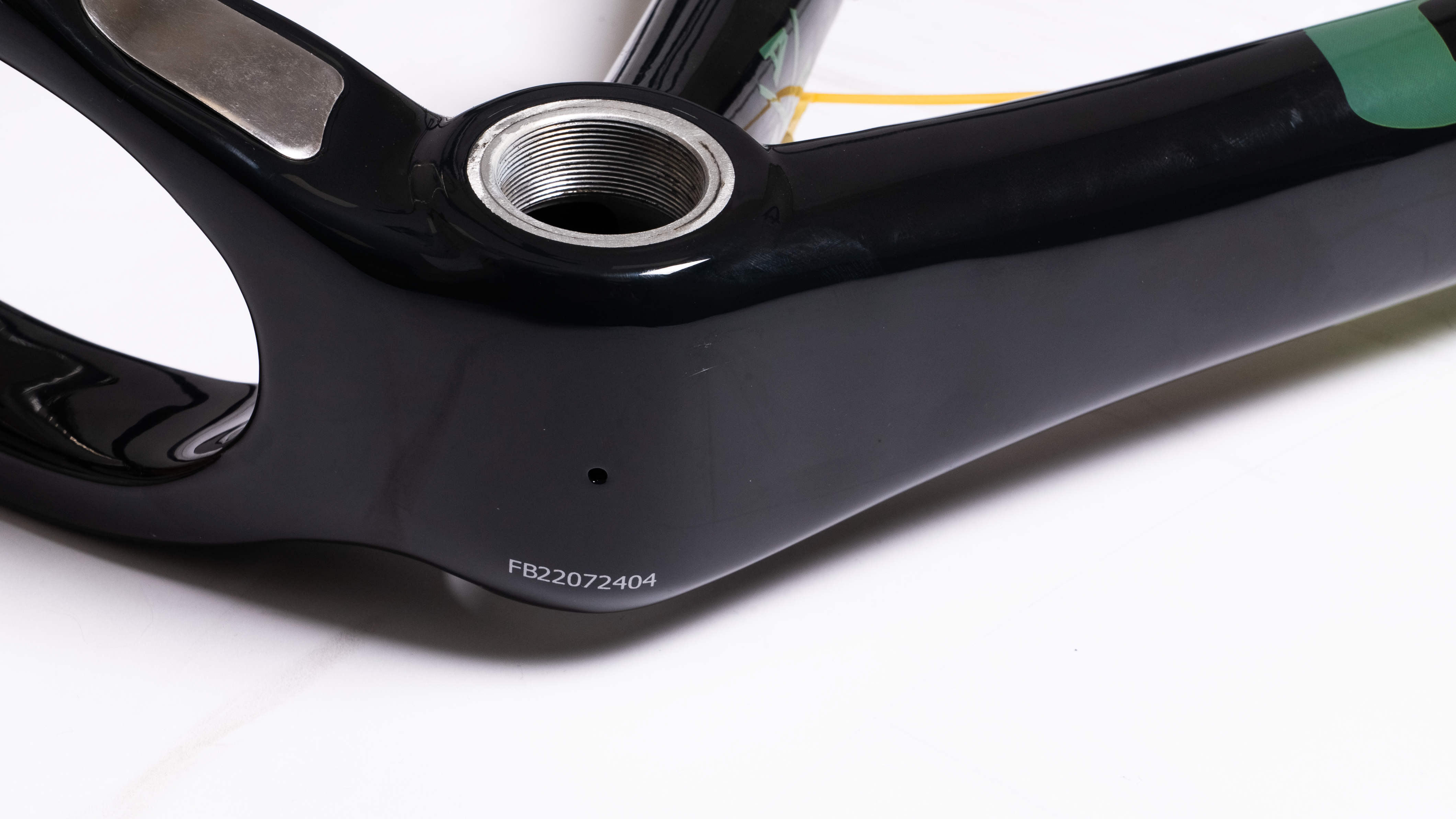How to service bike suspension
21 March 2023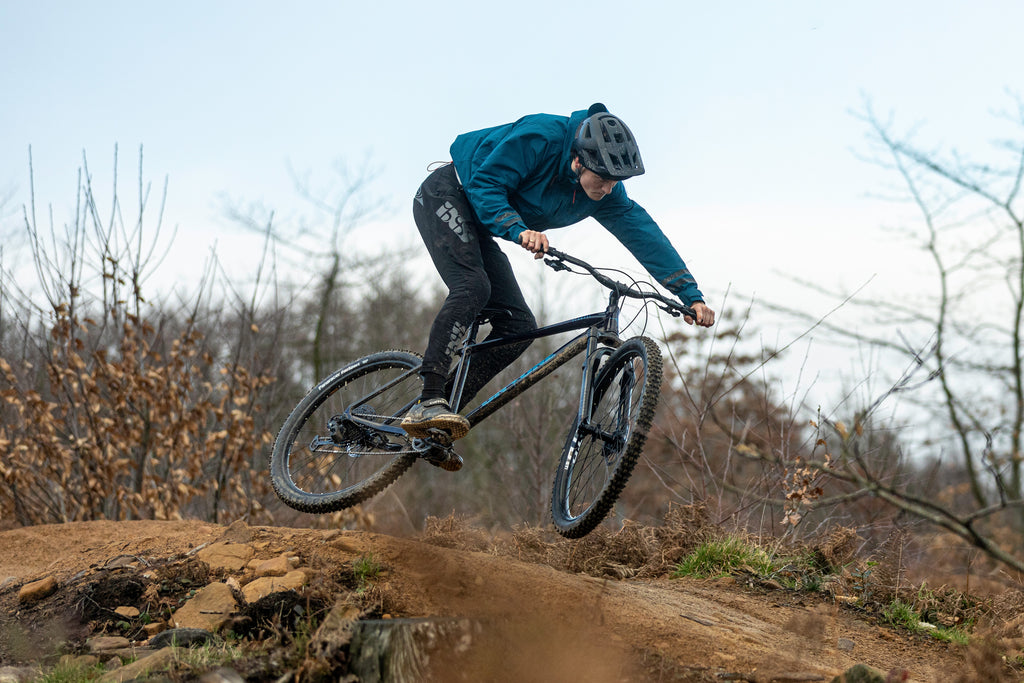
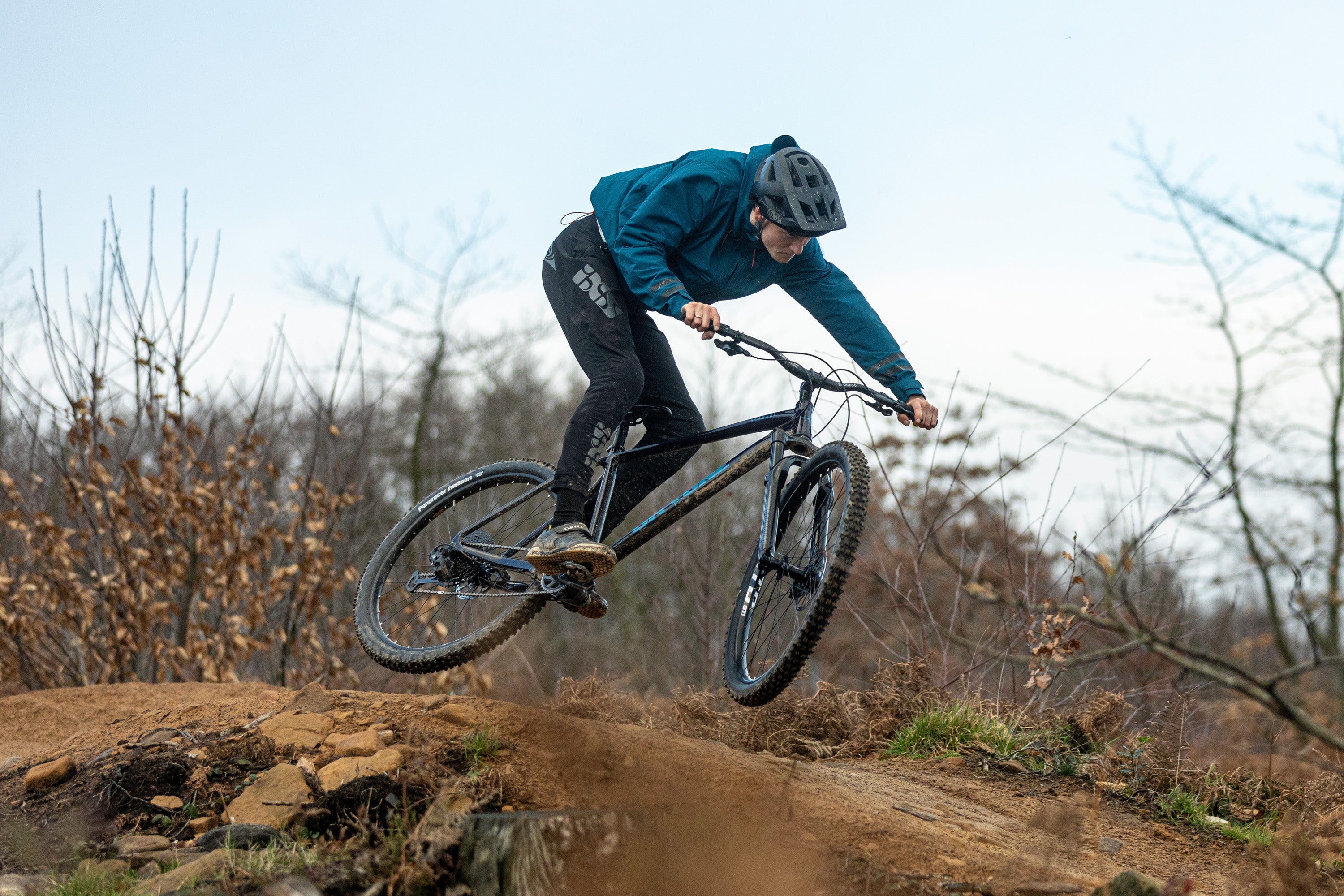
When it comes to mountain bike maintenance, it’s best to be proactive. Mountain bikes can put up with a fair amount of wear and tear, but they do still need looking after to keep them in good condition. Your suspension has a big impact on the comfort of your ride as well as the handling of your bike, so it’s important to take care of your forks and shocks.
It’s recommended that you clean and lubricate your suspension fork roughly every 25 riding hours, which can be done at home, and take your bike in for a full suspension service every 200 riding hours. But what about maintaining your suspension yourself?
How to fix suspension on a bike
First things first, it pays to familiarise yourself with your bike’s suspension. Part of maintaining your suspension is knowing when it actually needs attention, as opposed to when it just needs adjusting. Some forks have external controls that allow you to adjust the travel and feel of your ride, but not all do.
How to tighten suspension on a mountain bike
Nowadays, most forks use an air spring, where suspension is controlled by a pressure-controlled chamber. Some older forks use coil springs, but this is increasingly rare as more and more cyclists switch to air spring suspension. For the purposes of this article, we’ll focus on forks that use air springs.
If you’ve heard the word compression used in conjunction with suspension talk, you might know that compression damping involves using oil to change the way your fork compresses for any given air pressure. This affects how quickly the fork travels, in turn helping to ensure you get the full travel of your suspension without bottoming out. Generally, adding air will give you a firmer suspension. Conversely, removing air softens the suspension. You’ll usually also have to adjust the rebound damping, which affects how quickly the fork decompresses, to make sure your fork gets the chance to decompress between hits. While decompressing too slowly can result in bottoming out after multiple consecutive hits, decompressing too fast can cause jolts or ‘pogoing’.
But when do you need a firmer suspension? Well, this will depend on the terrain you’re riding over and the weight you’re carrying. The rougher the terrain, the more air pressure you’ll need to deal with the terrain and accommodate the bigger hits. You might also need to adjust the air pressure to accommodate extra weight on the bike - for example, if you’re off on a bikepacking trip. As a rough guide, the fork should have a sag equating to between 20% and 30% of its total travel - most forks have travel marks on the upper legs to help you identify this point. For example, if your fork has 150mm of travel it should be compressed by about 30 to 45mm when you’re sitting on the bike. The exact figure that’s right for you will depend on your personal preference, riding style and terrain, so feel free to trial and tweak as needed.
It’s worth noting that not all bikes are made the same. Most mountain bikes allow you to adjust the rebound damping, which affects the speed with which the suspension decompresses or returns to its original position. However, not all bikes allow you to easily adjust the compression damping, which affects how quickly the fork compresses or goes down.
How to fix rear suspension on a mountain bike
Rear shocks control the travel on the back wheel of your bike, fulfilling much the same function as a suspension fork, just in a different place. Like suspension forks, they can use either air springs or coil springs, and have adjustable compression damping so you can personalise your set up to the type of riding and terrain you prefer.
In many cases, rear shocks have built in settings for compression damping that you can choose between. Typically, this will consist of at least two settings: one with heavy damping for a firmer ride - often known as ‘locked out’ - and the other much lighter with more bounce, referred to as ‘fully open’. Some rear shocks may have further options between these two to allow for greater customisation, such as an all-rounder setting that will suit a variety of terrains. This is sometimes called the ‘pedal’ setting, because it allows you to pedal uphill without losing too much power into the suspension. Which preset options your rear shock comes with will depend on the brand and manufacturer, though there will likely be some similarities across the board.
You’ll also need to set the sag on your rear shock just as you would on the suspension fork to ensure that your suspension is calibrated correctly for your body weight and any extra weight you’re carrying in pannier racks, frame bags or backpacks. Once you’ve set this up, you should test out your bike on a short trail you know well. If the rear suspension bottoms out easily, this is a sign you need to add more air pressure to your shock, or reduce it if you’re not getting much travel.
Can you add suspension to a bike?
While the majority of mountain bikes will come with built in suspension - whether full sus or hardtail - there are plenty of instances where you might want to upgrade your bike’s suspension. Perhaps you have a gravel bike and you’re looking to retrofit a fork so you can take on rougher trails, or maybe you’ve got a hardtail bike and want to know if you can upgrade it to full sus.
Adding a front fork to a gravel bike can be done, although it’s important to do your research beforehand to make sure the fork fits your frame, otherwise you could risk jeopardising your handling and the safety of your bike. Adding rear shocks to a hardtail bike, on the other hand, is really only possible if you’re an expert engineer - and it’s not really worth it. Generally, you're better off considering buying a whole new bike rather than adding suspension to your old one - but you can upgrade your existing suspension with new forks and shocks to increase travel if your frame geometry fits.
Whatever you decide, make sure to check your bike’s warranty before you get started to find out the implications of modifying your bike. If you’re unsure about any part of your bike’s suspension, get in touch with one of our experts who can discuss your options with you.
